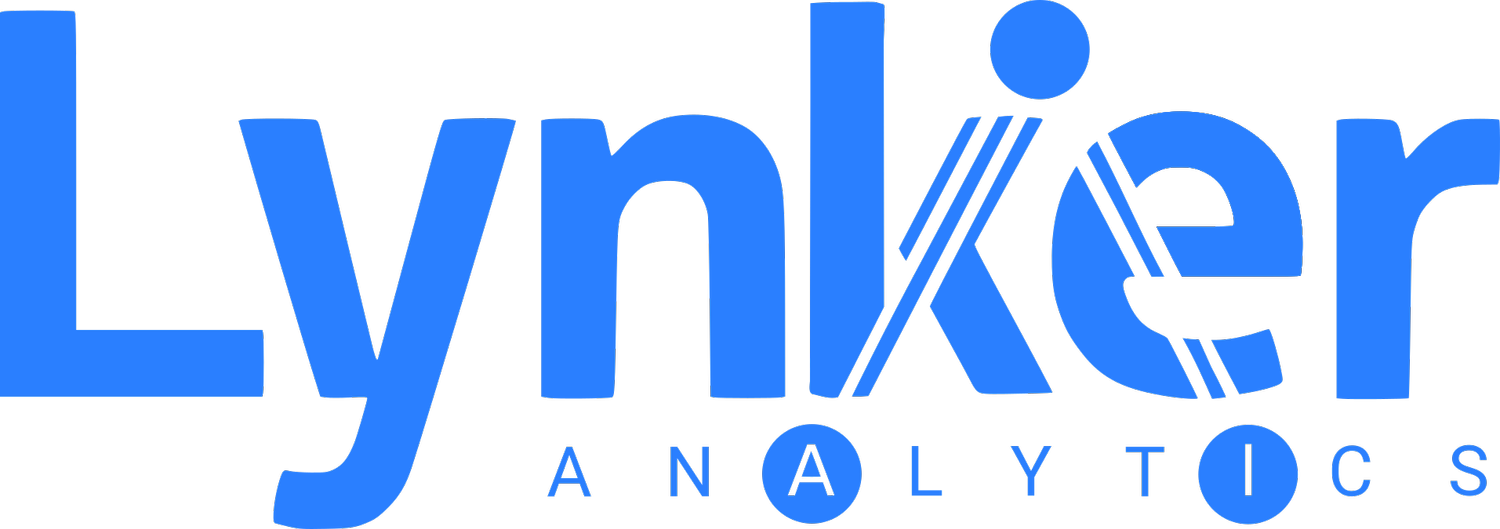Matt Lythe, Managing Director
The opportunities to introduce Artificial Intelligence (AI) into your business can sometimes seem limitless and even daunting. Where do you start? From reducing repetitive work, making things more efficient, developing new solutions or improving customer service the field of AI, and in particular machine learning, holds promise for every organisation.
However, getting a project up and running and achieving success is not straight forward. Drawn from first-hand experience helping clients through this process we have condensed down what we consider to be some critical success factors that are important to making your first AI project a success.
1. Define the project goals
This is crucial, too often we see stakeholders or enthusiastic champions in an organisation viewing the technology as the end goal and not the business outcome. Its important to understand the business problem you are attempting to solve and who the beneficiaries will be. At this stage you should define what success looks like and how it might be measured. It might be your goal for example to generate more accurate and timely information about the condition of your assets. That’s great but you should also specify the parameters by which you will measure those outputs. It is equally crucial to profile the status quo process so you can clearly understand whether or not a machine learning based approach might be better.
2. Know your data
Machine learning models drink in data – the more the better. You need to be intimately familiar with your existing data assets and how you can bring them together into a processing pipeline for machine learning. It’s important the data scientist in the team has a strong familiarity with the data including its validity, currency, any biases that may exist and the relationships between all data elements. Once in place or at least documented, they should be able to advise on the achievability of the goal given the veracity, depth and diversity of the data available. Often, we find there might be an essential missing piece of the puzzle that requires a new survey or data set to be acquired. If that’s the case, stop, take stock and consider a preceding project to build data readiness.
3. Select your algorithms
This is where you should seek expert advice. There are many algorithms that may have potential application to the data and the business problem. If you don’t really have much of an idea about the relationships that may be of value in your data then unsupervised learning might be the approach to take. This approach helps find previously unknown patterns in data sets without pre-existing labels. Most industrial machine learning uses supervised learning, and this is in most cases the best approach especially for your first AI project.
The two main branches of supervised learning are:
Regression – often used for forecasting and prediction and
Classification used in areas like image recognition, natural language processing, customer retention and identity fraud.
Within each of these sub fields there are a host of algorithm options and parameter settings that need to be considered by your data scientist or data science solution partner.
4. Validate your models
Key to the process is turning all of the hard work and planning into defensible results. Seemingly straight-forward, but this might in fact be the most challenging part of the project. The idea here is making sure your models are not over-fitted to your training data as this means the models will not work well against the wider data population and therefore in the real world but also that they are accurate enough to deliver the stated project goals. There are accuracy measures such as absolute accuracy, recall and precision that can help you decide whether your models are ready for release into the business.
At this stage also knowing what level of accuracy is needed is very important. If you think about it, we don’t usually put a numerical measure on how well a human makes a particular decision. But we demand our models are 95% or (often) more accurate in their decision making. This of course is reasonable and realistic in many situations but there is always a trade-off between cost and effort to train and refine your models versus the accuracy needed to deliver a business ready AI system. The reality is the team should understand and agree what level of accuracy is needed to solve the business problem.
Overall, in our experience these are the most important factors in making your first AI project a success. There are many other things to consider such as governance, where you will store your data and run your models, data privacy and ethics, how will you visualise your results and what to do to maintain your model once it’s in production. We will discuss some of those topics in later blogs, but we have found these four areas are especially crucial to good project outcomes.


